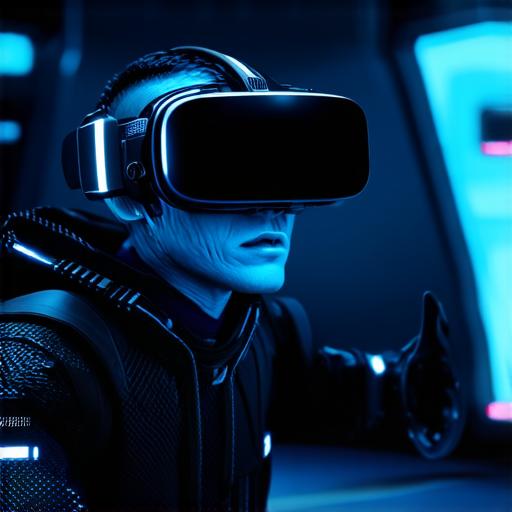
What are the latest developments in virtual and augmented reality technologies within the gaming industry?
The Latest Developments in Virtual and Augmented Reality Technologies within the Gaming Industry: A Comprehensive Guide for Virtual Reality Developers
Virtual reality (VR) and augmented reality (AR) are rapidly evolving technologies that have been revolutionizing various industries, including gaming. These immersive experiences offer players an unprecedented level of interaction with their environment and gameplay, creating a more engaging and memorable experience.
Virtual Reality: The Future of Gaming
Virtual reality is an immersive technology that simulates a 3D environment around the user, allowing them to experience it as if they were physically present. In recent years, VR has been gaining significant traction in the gaming industry, with major players such as Oculus, HTC, and Sony investing heavily in this technology.
One of the key developments in VR is the release of wireless VR headsets, which offer more freedom of movement and eliminate the need for cumbersome cables. The Oculus Quest 2 is a prime example of this, offering high-quality graphics and wirelessly connected controllers at an affordable price point.
Another major advancement in VR is the development of haptic technology, which allows users to feel physical sensations in their virtual environment. This has opened up new possibilities for immersive gaming experiences, such as virtual sports games that allow players to physically interact with their surroundings and opponents.
Augmented Reality: Enhancing Gaming Experiences
Augmented reality is a technology that overlays digital content onto the real world, allowing users to interact with both environments simultaneously. In the gaming industry, AR has been used to create interactive games that blend the virtual and physical worlds, offering players unique and engaging experiences.
One of the most popular examples of AR in gaming is the game Pokémon Go, which uses the user’s real-world location to superimpose digital creatures onto their environment. This creates a fun and immersive experience for players, who must physically explore their surroundings to collect rare virtual items and battle other trainers.
Another example of AR in gaming is the game Minecraft Earth, which uses AR to allow players to build block structures in their real-world environment. This creates a unique and interactive experience for players, who can collaborate with others to create massive structures and compete to see who can build the most impressive creations.
The Future of VR and AR in Gaming: Trends and Predictions
As technology continues to advance, we can expect to see even more innovative developments in VR and AR within the gaming industry. One trend that is likely to continue is the integration of AI and machine learning into games, allowing for more personalized and dynamic gameplay experiences.

Another trend is the development of more advanced haptic technology, which will allow players to feel even more immersed in their virtual environment. This could include the use of haptic gloves or full-body suits that provide a realistic sense of touch and movement.
Finally, as VR and AR become more accessible and affordable, we can expect to see more widespread adoption within the gaming industry. This will lead to new and exciting games that push the boundaries of what is possible in this immersive technology.
Case Studies: Real-World Examples of VR and AR in Gaming
To illustrate the potential of VR and AR in gaming, let’s look at a few real-world examples of these technologies in action.
One example is the game Beat Saber, which uses VR to create an immersive music experience. Players use virtual light sabers to slash through incoming blocks that represent musical beats, creating a fun and engaging experience that combines music and gaming.
Another example is the game Half-Life: Alyx, which was specifically designed for VR and has become one of the most highly acclaimed VR games to date.


